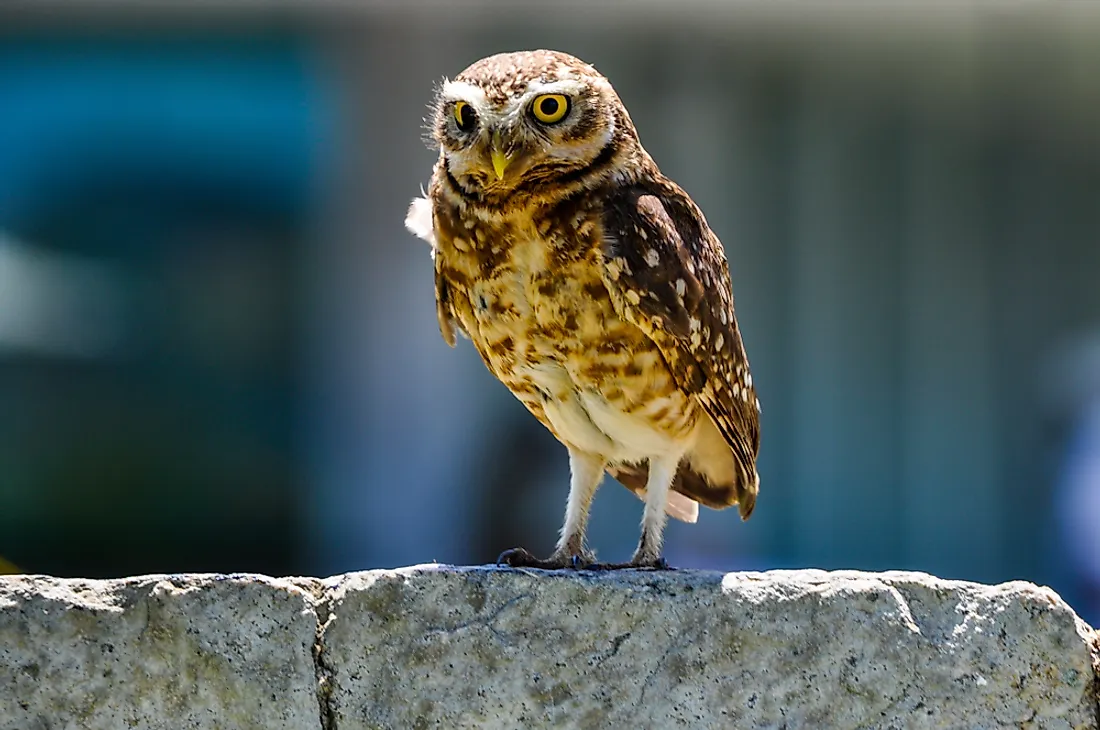The Three Crticially Endangered Species of Owls

Owls are birds of the Strigiformes order that includes about 200 species of nocturnal and solitary birds of prey. Owls are known for their distinct appearance, sharp eyesight, binaural hearing, excellent hunting ability, and sharp talons. Various cultures around the world have long associated the owl with both positive and negative values. In Africa, for example, owls are regarded as harbingers of death, while in India owls are worshipped as a vehicle of the Hindu Goddess of wealth. In Western culture, owls are treated as wise creatures. Despite their secretive lives and symbolic value, owls of the world are not completely safe and many species are threatened with extinction. The three most endangered owls are described below.
Pernambuco Pygmy Owl
The Glaucidium mooreorum is an owl of the Strigidae family. It has a highly restricted range since it is endemic to the Brazilian state of Pernambuco. The Pernambuco pygmy owl was discovered in the Reserva Biológica de Saltinho, which is located in the region’s Atlantic coastal forest. The species may also be regarded as potentially extinct since no specimens have been sighted since 2014. In Brazil, the Pernambuco pygmy owl is legally designated as extinct. According to the International Union for Conservation of Nature (IUCN), if the species still exists, its population will not be more than 50 adult birds. Habitat destruction and fragmentation are the biggest threat to the species.
Annobón Scops Owl
This critically endangered species of owl is endemic to the island of Annobón in Equatorial Guinea. The tiny island has a population of only about 250 mature Annobón scops owls, making it a highly threatened species of bird. These owls prefer to inhabit humid, closed forests rather open habitats like savanna and dry forests. This preference for closed forests makes it more susceptible to habitat loss. Until now, the island’s limited population and less developed transport infrastructure has helped preserve a small part of the bird’s original habitat. However, the future of the species is still uncertain, since new infrastructure development programs could completely eliminate its native forests and lead to their extinction.
Siau Scops Owl
The Otus manadensis siaoensis is another critically endangered owl species. In fact, it is possibly extinct, since the species has not been recorded since 1866 and was not detected during surveys conducted in 1998. Despite this fact, the species has not been declared extinct due to local reports claiming sightings of the owl. According to the IUCN, even if the species survives, its population is estimated to by very small. Excessive logging has pushed the species to the brink of extinction.











